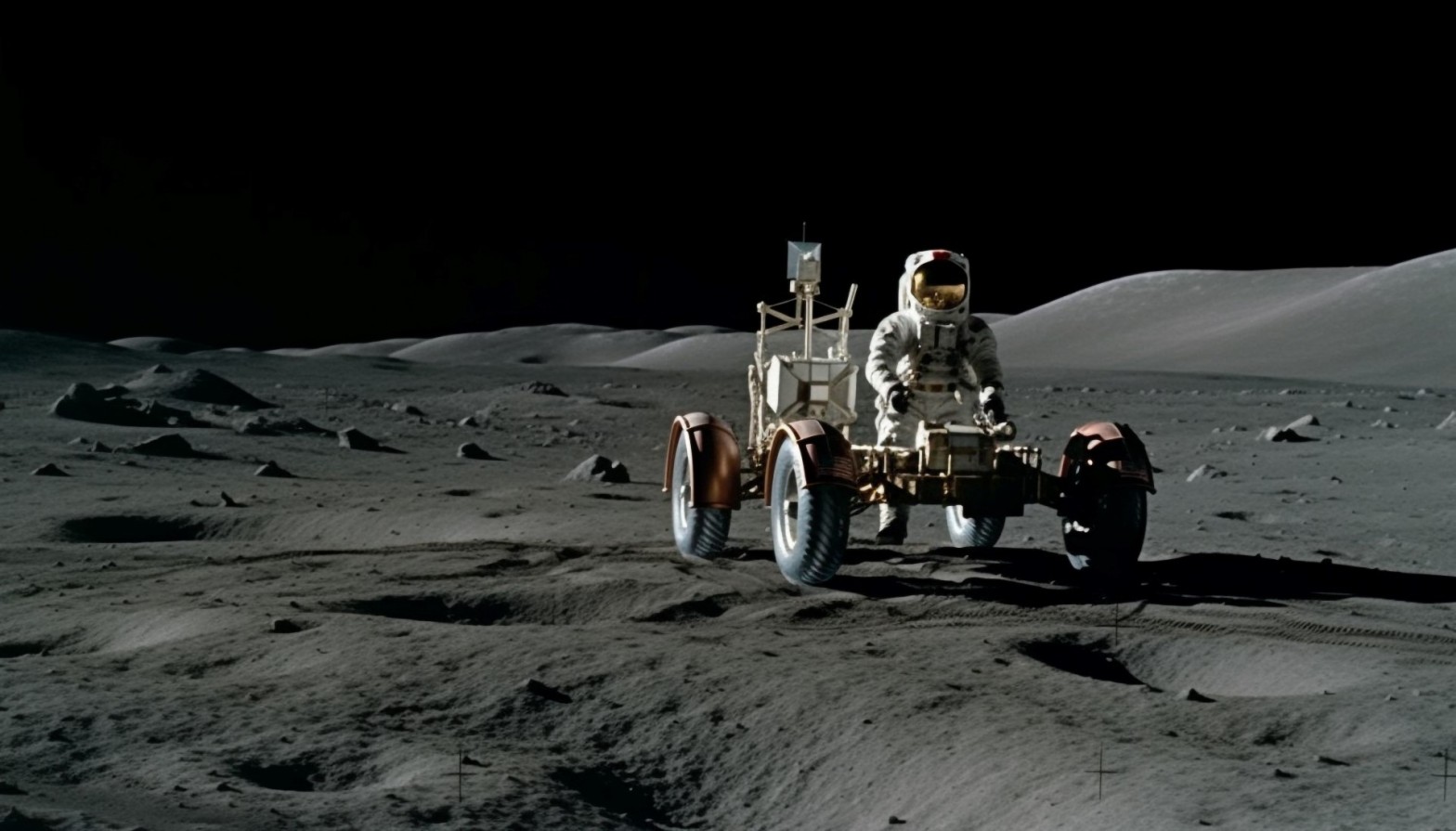Photo by vecstock
Aspirations of being able to inhabit the Moon have been a part of sci-fi stories for decades, and the trope shows no sign of fading to obscurity any time soon.
Moon Luck is a novel by Wayne Scott Harral, and it centers around the notion of people living on the Moon, along with an exciting murder plot. Harral’s glimpse into the near future as we inhabit the Moon is quite realistic. It describes astronauts residing on the Moon, conducting experiments, researching, growing plants, and more.
Residing on the Moon is indeed an interesting concept. Still, when discussing colonizing or extending our residence to the Moon, one crucial question always arises: How will we do it?
Why Should We Bother and Try to Inhabit the Moon?
The notion of colonizing the Moon, or sending people there to live and rule over our natural satellite, has existed for a long time. Thanks to recent technical breakthroughs, it is now closer than ever to being a reality.
NASA already has plans to send people to the Moon by around 2024. Private companies like Blue Origin and SpaceX strive to make their lunar missions work correctly. But why do we even need to chase this goal or aspiration? Here are various compelling reasons why:
• Strategic Significance of Inhabiting the Moon
A long-term human presence on the Moon might pave the way for future deep-space research missions and open new avenues for international cooperation. Additionally, it can be used as a military strategic place. Harral’s glimpse into the near future as we inhabit the Moon introduces impressive technologies we will soon have.
• Moon Colonization is a Huge and Vital Scientific Resource
Studying the Moon, a celestial body in our solar system, can show how the planets formed and developed. Long-term research and experimentation that could provide necessary new knowledge about our solar system and beyond can be made possible by human presence on the Moon. The Moon’s thin atmosphere and lack of light pollution make it perfect for astronomical investigations.
• To Inhabit the Moon is to Be Immortalized Among the Stars
The historic accomplishment of colonizing the Moon would motivate future generations to further the frontiers of space travel. It would show off the strength of human invention and tenacity and foster a feeling of togetherness and cause among people worldwide.
• The Moon Offers Tons of Economic Potential
The Moon has a rich material source that could be used as fuel and raw materials for upcoming space exploration missions, including water ice, helium-3, and rare earth elements. We could develop a new industry and a fresh energy source by removing these natural assets and transporting them back to Earth. Additionally, this can increase employment and the nation’s economy.
Colonize the Moon: Challenges of Making Living in the Moon a Reality
Although lunar colonization has a lot of potential advantages, there are also serious obstacles we need to overcome.
• Health Implications Coming From Space Explorations
When it comes to residing on a planet other than our own, there are a lot of unanswered questions. Living on the Moon poses serious health hazards to people due to cosmic radiation exposure, lack of an atmosphere, lower gravity, the possibility of loneliness, and psychological stress. We would have to mitigate and carefully handle these hazards to guarantee the safety and well-being of the colonists.
• The Impact of Colonizing the Lunar Environment
The act of colonizing the lunar environment will impact the Moon. Altering the lunar landscape to suit our needs and preferences will affect the Moon and the habitat we’ll be living in. Managing these effects will be crucial to keep our operations on our natural satellite sustainable and free from long-term damage.
• Difficult Technical Challenges That Come With Moon Colonization
Significant technical obstacles must be overcome to establish a permanent human presence on the Moon. One of these challenges is the creation of secure and dependable transportation systems. Another is the construction of ecosystems capable of withstanding the harsh lunar environment. Creating renewable power sources and other resources is another challenge that must be addressed.
Moon Colonization Could Be On the Horizon
If we wish to inhabit the Moon, we will encounter complex challenges. For it to become a reality, substantial planning, investigation, and technological development are needed. But it is becoming closer to reality because of developments in space research and rising interest from both the public and the business sectors.
The science fiction world has envisioned many technological advancements, some of which are slowly becoming reality. Scott Harral’s glimpse into the near future as we inhabit the Moon will soon be something we’ll live in.
